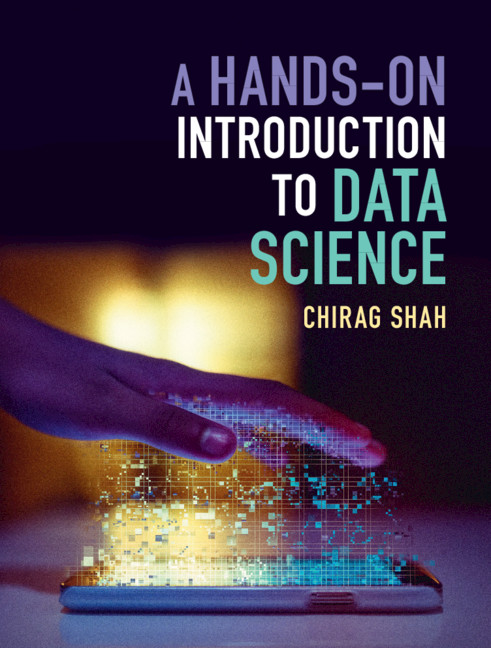Developing a search system that knows what you are looking for before you do.

Have you ever searched to plan a trip, a wedding, job hunting, or your next apartment? This kind of search can take hours, days, or even weeks. Inevitably, it would get interrupted by our daily life routine. The interrupted events can be a break for coffees, hopping into the restroom, dining, or sleeping. Therefore, doing the search would require us to pick up where we left off. These kinds of searches are called “Interrupted Search Tasks”.
We, as well as many other scientists, are working on tackling this problem. Our approach is to try to identify and predict the sub-tasks of complex search tasks. Based on that, we provide solutions to easily complete the tasks. For example, planning a wedding. You need different information i.e., food, dress, venue. Maybe, in the search process, you forget about the food which is a subtask of wedding planning. The system proactively gives suggestions for food.
And how do we know when to suggest these things to you? First, we try to identify whether or not you are encountering problems during a search. We found that the longer people take at the search result page the higher chance they are having problems. Making this more illustrative, imagine a person searching “Churches in Seattle”, they took a long time on the research result page, and without clicking through any of the results, the person inputs another search query, “places for a wedding”, and so on. The more queries the person puts in without clicking through any pages reflect the likelihood they are encountering problems. However, if the person interacts with the result page, i.e. click the see inside the page, we would look at the number of pages that the person bookmarked. The more subsequence pages got bookmarked, the more relevant results the person found and the fewer problems they encountered. This is how we can tell whether people can find what they are looking for. If we see you are having problems, we will recommend things that you might miss out.
So how do we know what things you missed out? In other words, how do we know that “food”, “dress”, “venue” is related to planning a wedding? We use what people have searched for in the past. The higher frequency the 2 topics are searched together, the stronger the relationship. Let’s say 1000 people searched for “wedding” along with “dress food” vs. 5 people searched for “wedding” along with “black dress”. We can tell that “dress food” has a stronger relationship to the topic “wedding” but not so much with “Black dress”. Therefore, we can recommend “dress food” when the next person searches for “wedding.”
If you are interested to know more detail about this topic. Here is the paper that we published recently, “Identifying and Predicting the States of Complex Search Tasks”.


